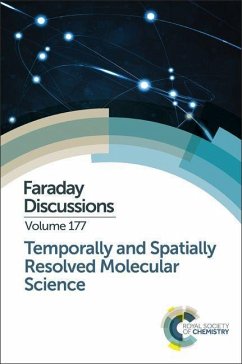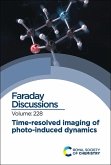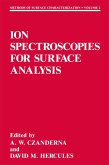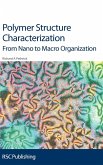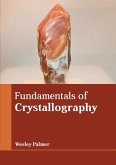This volume focuses on a coordinated approach of complementary methods to offer new opportunities and exciting challenges in structural science based on the modern generation of synchrotrons and powerful free electron lasers (X-FEL). Recently crystallography and spectroscopy have reached a level of experimental sophistication and theoretical and computational advancements such that it is possible to understand the structure of even the most complex molecular systems, such as, proteins. One community derives information from average atomic charge densities from X-ray data and the other from valence orbital electron densities based on vibrational spectroscopy data. We are constantly improving technical and computational methods to accelerate and automate characterisation processes and this is crucial to the fields explored in this meeting. Topics covered in this volume include: * Dynamics of the Chemical Bond * Time and Space Resolved Methods * Local and Global Dynamics * Future Challenges and Emerging Techniques
Bitte wählen Sie Ihr Anliegen aus.
Rechnungen
Retourenschein anfordern
Bestellstatus
Storno

